The Morning Departure
It was an early summer morning on June 2, 2023, when a 69-year-old private pilot prepared his bright red Van’s Aircraft RV-7, registration N977RV, for a cross-country trip from Broomfield, Colorado to Red Oak, Iowa. The RV-7—a nimble, two-seat, homebuilt taildragger—was familiar territory for the pilot, who had amassed 722.7 total flight hours, with nearly 59 hours in this particular make and model. He was also instrument-rated and current, having practiced 15 approaches in the previous five months, including two with an instructor the day before the accident. Safety was something he took seriously, according to his instructor.
The pilot had done his homework. Before departure, he obtained a standard weather briefing that included warnings: thunderstorms, convective SIGMETs, AIRMETs for icing, and reduced visibility along the route. Despite this, he chose to proceed under an IFR flight plan, likely weighing the risk with confidence in his abilities and preparation.
He departed Rocky Mountain Metropolitan Airport (BJC) at 7:10 a.m. MDT, climbing into the layered skies of the Midwest.
Trouble at Altitude
As the RV-7 cruised eastward at altitude, the weather worsened. By about 9:00 a.m. CDT, over central Nebraska, an air traffic controller at Minneapolis Center advised the pilot of heavy precipitation five miles ahead. The pilot acknowledged.
Just four minutes later, things took a turn: the pilot requested a lower altitude, reporting ice accumulation. ATC responded with a clearance for a block altitude between 11,000 and 15,000 feet MSL. The pilot began his descent.
But the situation was deteriorating fast. About 40 seconds later, the controller advised the pilot he could descend below 11,000 feet if necessary. The pilot acknowledged with a simple “roger.” Then came a critical piece of information—ATC warned that extreme precipitation extended to the southwest if he was turning west. There was no reply.
A Deadly Descent
Shortly after that last transmission, the RV-7 began a descending spiral to the west. ADS-B data revealed that in the final two minutes, the aircraft pitched wildly between 10° nose up and 60° nose down and banked up to 120° right. The pilot had likely lost control, battling severe weather and ice.
A witness sitting on her porch near Gibbon, Nebraska, saw the airplane pass low and fast, turning sharply southwest. She reported hearing the engine producing lots of power and noted it was “accelerating excessively.” Moments later, she heard a loud bang.
A passing motorist’s dashcam captured the final tragic moment: the RV-7 descended steeply nose-down and impacted a grassy field just south of Interstate 80.

The Aftermath
The wreckage was catastrophic. The rudder and vertical stabilizer had separated in flight, likely due to flutter induced by the aircraft exceeding its never-exceed speed (Vne) of 210 knots. Calculations based on ADS-B data estimated the RV-7’s true airspeed just before impact at a staggering 286 knots—well past structural limits.
Despite the violent breakup, the separation of the tail surfaces likely occurred immediately before impact and was not the cause of the accident. There was no evidence of mechanical failure in the engine or flight controls prior to the loss of control.
An autopsy and toxicology found no impairing substances; detected ethanol was attributed to postmortem changes.
Lessons in Weather Decision-Making
So what happened? In essence, the pilot flew the airplane into known icing and convective conditions—a decision the NTSB deemed improper. The RV-7 is not certified for flight into known icing. Despite being instrument-rated and current, the pilot had only about 27 hours of actual instrument flight experience, with little recent time in true IMC.
Once the airplane encountered icing, performance and controllability rapidly degraded. As the pilot attempted to escape the conditions, airspeed built dangerously high, structural flutter developed, and control was ultimately lost.
This accident underscores several critical lessons:
- Respect the limitations of both pilot and aircraft. No amount of preparation can make a non-ice-protected aircraft safe in known icing conditions.
- Beware of overconfidence. Even a conscientious and well-prepared pilot can underestimate the dangers of convective and icing weather.
- Stay current—and stay conservative. Simulator time and flight reviews help, but there is no substitute for recent real-world experience in adverse conditions. And when in doubt, the safest decision may be to delay or cancel the flight.

Final Thoughts
A seasoned and safety-minded pilot was lost in this accident, not for lack of skill or care, but for a momentary misjudgment about the hazards en route. Weather is an unforgiving adversary, and even the most experienced aviators must approach it with humility and caution.






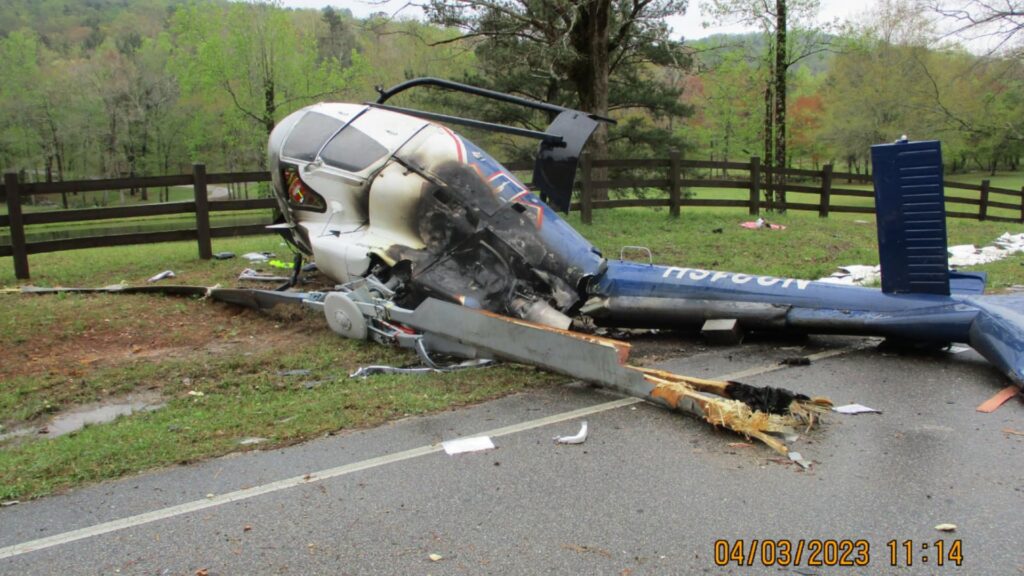
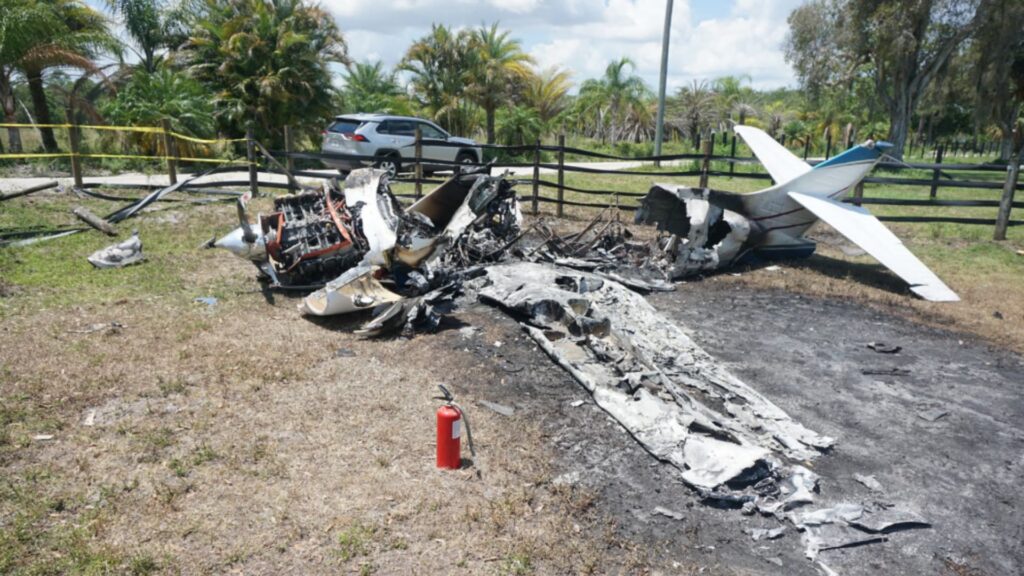
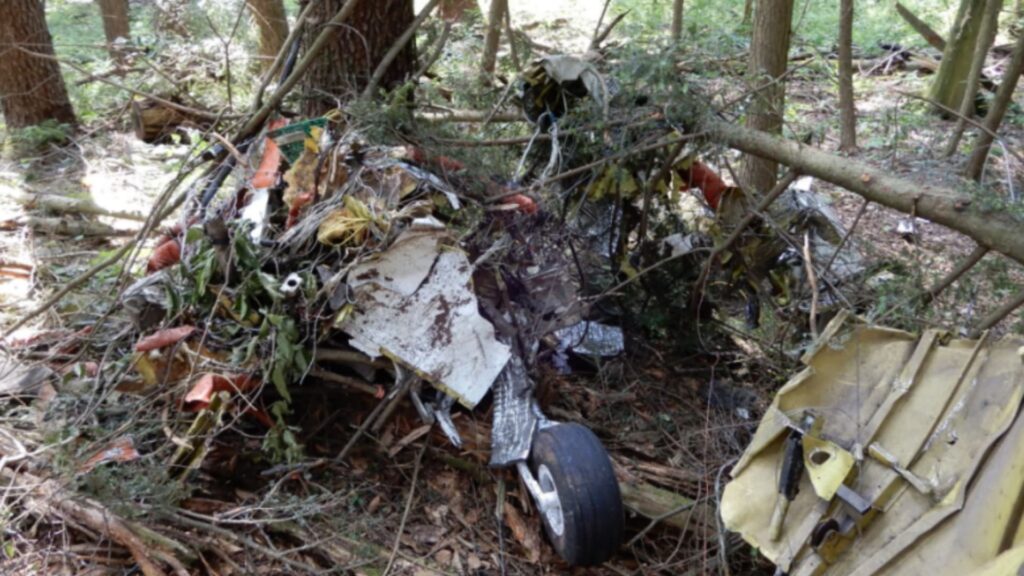
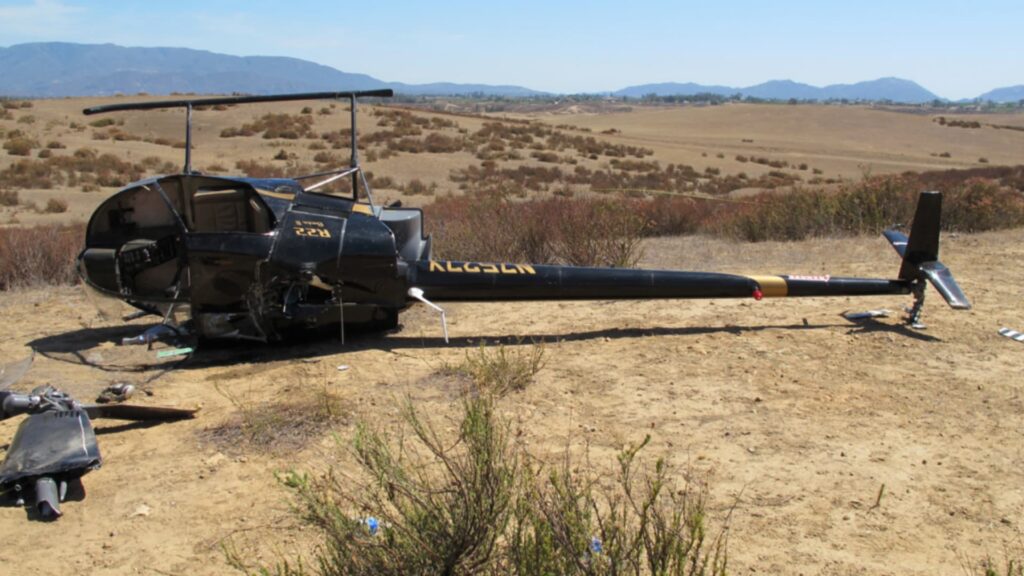
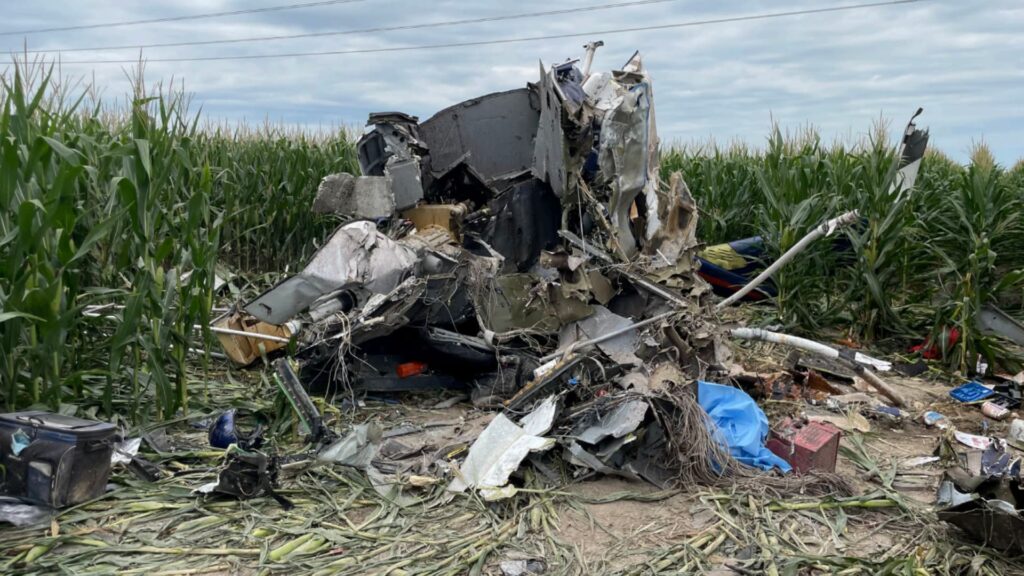

One Comment
Do those photos show the accident aircraft? Intro paragraph describes it as being “bright red.”